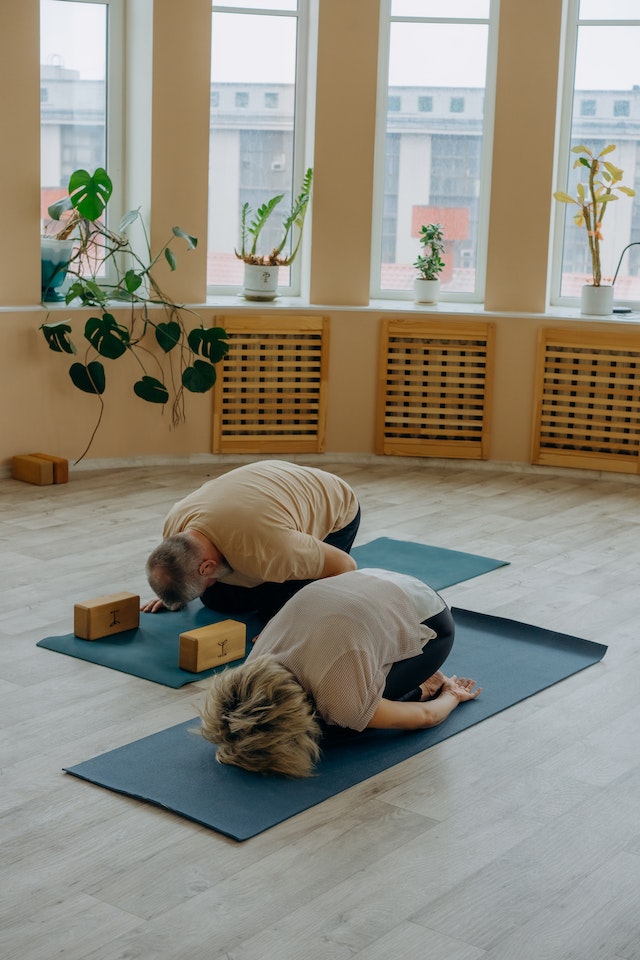In the world of meditation, finding a comfortable and supportive posture is essential for deepening your practice. The meditation bench, also known as a seiza bench, has become increasingly popular among meditators seeking a stable and ergonomic seating option. In this blog, we will explore the benefits, features, and practical tips for using a meditation bench to enhance your meditation experience.
Understanding the Meditation Bench:
- Purpose and Design: A meditation bench is designed to provide a stable and comfortable seat for individuals practicing meditation in a kneeling position. It typically consists of a wooden or cushioned bench with angled legs that support the meditator’s weight while relieving pressure on the legs and back.
- Posture and Alignment: Using a meditation bench encourages an upright and aligned posture, supporting the natural curvature of the spine. This promotes better spinal alignment, reduces strain on the lower back, and allows for improved breathing and circulation during meditation.
Benefits of Using a Meditation Bench:
- Enhanced Comfort: The ergonomic design of a meditation bench provides a supportive and comfortable seat, reducing discomfort and strain that may arise from sitting on the floor for an extended period.
- Improved Posture: Sitting on a meditation bench helps align the spine, pelvis, and shoulders, allowing for a more upright and balanced posture. This promotes a sense of stability and alertness during meditation.
- Reduced Physical Discomfort: Kneeling on a bench relieves pressure on the knees, ankles, and hips, making it an excellent option for individuals with limited flexibility or discomfort in traditional cross-legged postures.
- Longer Meditation Sessions: The comfort and support offered by a meditation bench can extend your meditation sessions, allowing you to deepen your practice and explore new levels of mindfulness and awareness.
Choosing and Using a Meditation Bench:
- Bench Height: Select a bench height that allows your hips to comfortably rest on the bench while keeping your spine upright. Experiment with different heights to find the most suitable one for your body.
- Cushioning and Padding: Some meditation benches come with built-in cushions or padding to provide extra comfort. Consider your personal preferences and any specific requirements for cushioning while choosing a bench.
- Proper Alignment: When using a meditation bench, ensure that your knees rest comfortably on the floor, your spine remains upright, and your shoulders are relaxed. Adjust the bench or use additional props if needed to maintain proper alignment.
- Supportive Cushions: You may choose to complement your meditation bench with supportive cushions or pillows to further enhance your comfort and maintain proper alignment during longer meditation sessions.
Incorporating the Meditation Bench into Your Practice:
- Start Slowly: If you’re new to using a meditation bench, start with shorter meditation sessions and gradually increase the duration as you become more accustomed to the kneeling posture.
- Mindful Adjustments: Pay attention to your body’s signals during meditation. Make minor adjustments to the bench’s position, height, or the use of cushions to find the most comfortable and supportive posture for your individual needs.
- Explore Variations: While using a meditation bench, you can experiment with different hand positions, such as placing your hands on your lap or resting them on your thighs. Find a position that allows you to feel grounded and connected to your breath.
- Personalize Your Space: Create a dedicated meditation area that reflects your intentions and personal aesthetics. Incorporate elements like candles, incense, or calming decor to enhance the ambiance and make your meditation practice more inviting and serene.
Conclusion:
A meditation bench can be a valuable tool in establishing a comfortable and supportive posture for your meditation practice.
